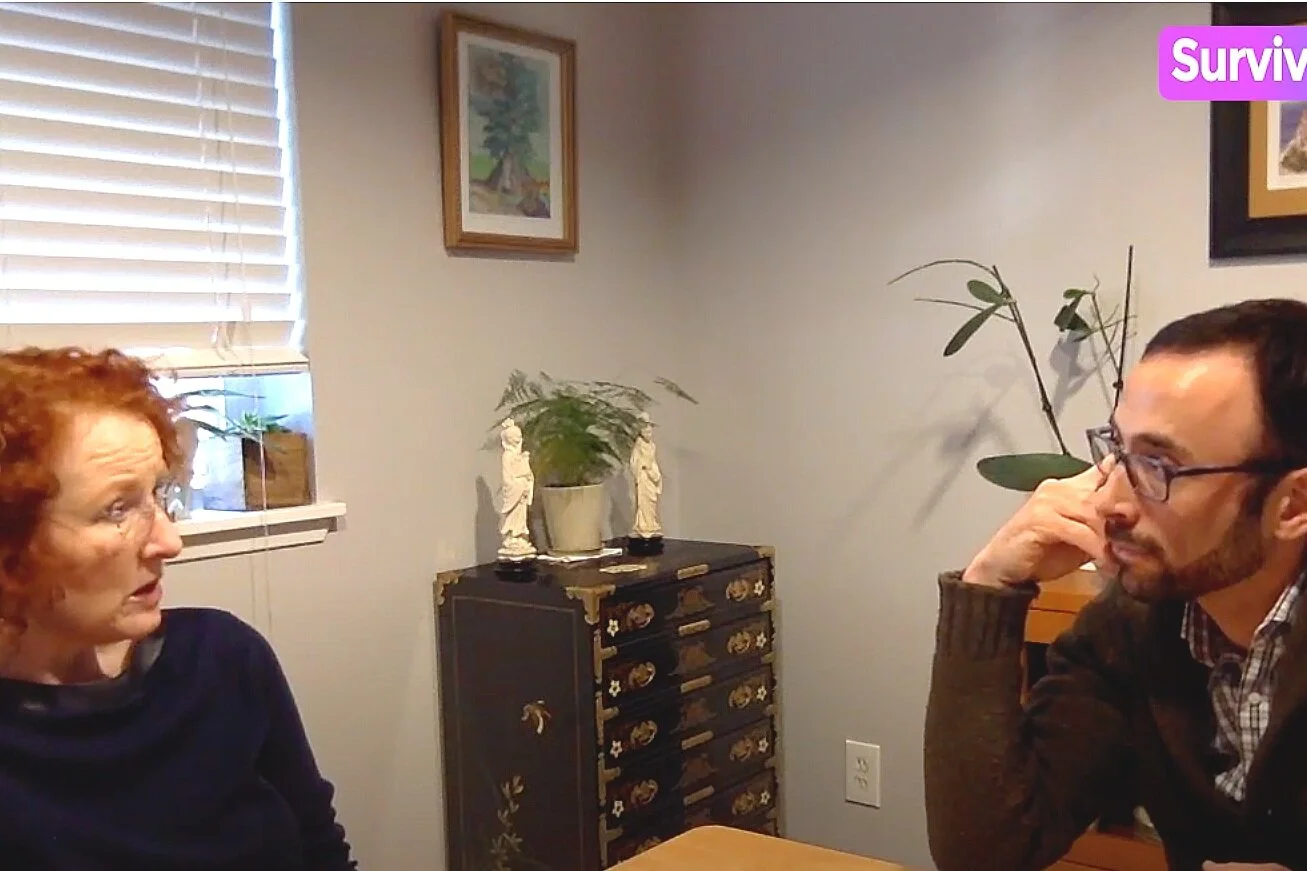Tiptoe Through The Tulips
You’ve noticed them on the playground or at the park, the little ones that are always on their toes. If they are running, jumping or walking it’s all done on the balls of their feet. Maybe you’ve noticed that your child wears out the outer edges of their shoes while the inner edge looks almost like new. Cutting toenails is a big deal, the right kind of socks or shoes is imperative. And don’t even think about touching or tickling these feet because you could very well get kicked the reaction will be so strong. No playing with these little piggies!
The Babinski is a primary reflex that helps get you down the birth canal during labor. When it sticks around after infanthood the feet become so sensitive that avoiding touch, the ground and tactile input becomes an overriding concern for the body and brain. Run your thumb up the arch of the foot and see what happens. Do the toes curl under, does the foot get pulled away, maybe giggling or anger happens? When you put the heels side by side do the feet curl towards one another like little commas? These are the signs of a Babinski reflex that has not been integrated into the lower brain and has overstayed its welcome.
When the Babinski is retained the arch of the foot is overly sensitive to contact so walking on the balls of the feet lessen that contact or an alternative is stomping to bypasses the tickle response. One young friend drove Mom crazy by tiptoeing on carpet then stomping on the wood floor! If you touch these overly sensitive feet it’s best to use a strong, firm touch to disarm the tickle rather than a light touch which enhances the ticklish feeling. Socks without seams or the seams turned inside out across the toes can help make life a little more comfortable.
When the Babinski is integrated your little dancer will have better balance because of improved contact with the ground. This grounding in turn enhances emotional stability and brings improved self-confidence. Sports, dancing, bike riding and other physical activities become easier, more enjoyable and less prone to injury. Using the runners stretch to lengthen the tendons of the heel shortened by toe walking can help bring the heel into better contract with the ground, again, reducing the risk of turned ankles or foot injuries. I had one toe walker who did competitive mountain biking and routinely came in with “pedal bites” up the back of his legs because he couldn’t get his heels down and the balls of his feet would slip off the pedals. This problem resolved once his reflex was integrated and he was able to keep his heels down after using gentle stretches.
The feet anchor us, balance us and ground us to the earth. Now this may seem like a little thing for some but to those who face multiple challenges a few little changes can make a huge difference. So, if you know a tiny dancer that tiptoes through this world or a stomper you can always hear coming, run a thumb up their arch and see what happens!
As always you can schedule a 30-minute complimentary phone consultation if you want to discuss this further.







